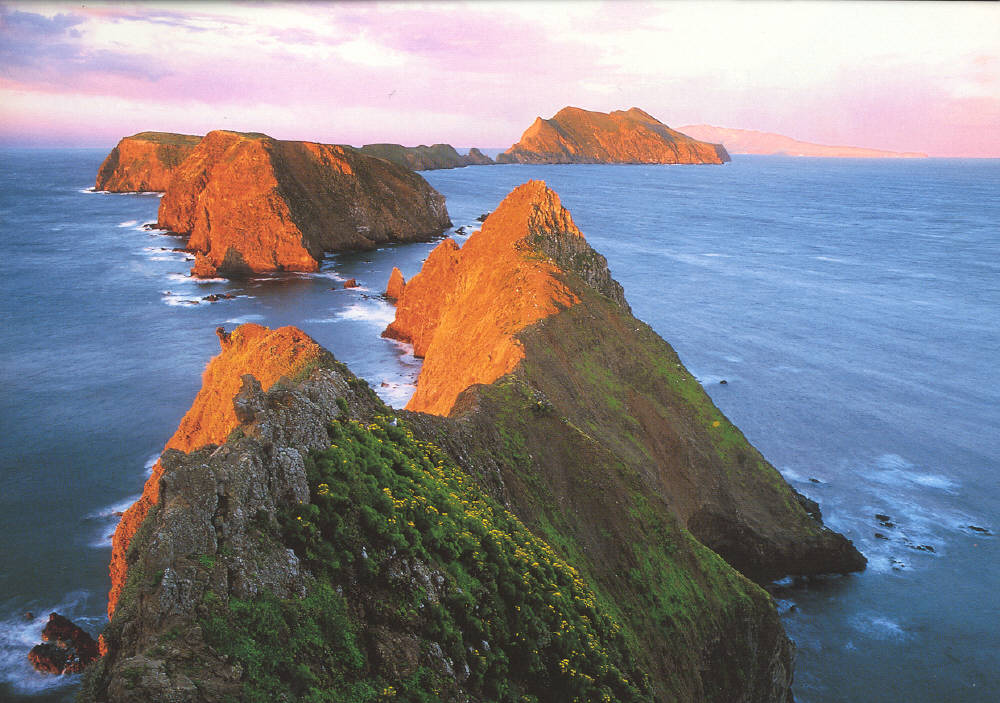In a new PLoS One article, Mark Christie and colleagues have documented larval dispersal from an MPA on the big island of Hawai'i to unprotected sites - spillover. They use microsatellites to genetic fingerprint adults and recently settled juveniles in an attempt to match parents with their offspring (kids). As the authors note, its kind of like CSI in the ocean - using DNA to find clues to determine where the suspects came from. In this case, they found four parent-offspring pairs out of over 1,000 fish tested. Note that there is some room for error in the assignments, but if judges think that this level of error is enough to convict a man to a life sentence, it is probably okay for us to believe these matches as well.
| Figure 1. Christie et al 2010 PLoS One. Photo: W.J. Walsh. |
The pairs suggest larval disperse over a range of 15 to 184 km (9 to 114 miles). Over 100 miles is pretty impressive for a little fish larva adrift. We've found evidence to suggest that, at hydrothermal vents, larvae can disperse even farther - more than 300 km (185 miles) article. But, the appeal of Christie's work isn't just the long distance dispersal, but the successful documentation that MPAs can have a positive effect a hundred or more miles away to improve the health of unprotected populations and communities.





